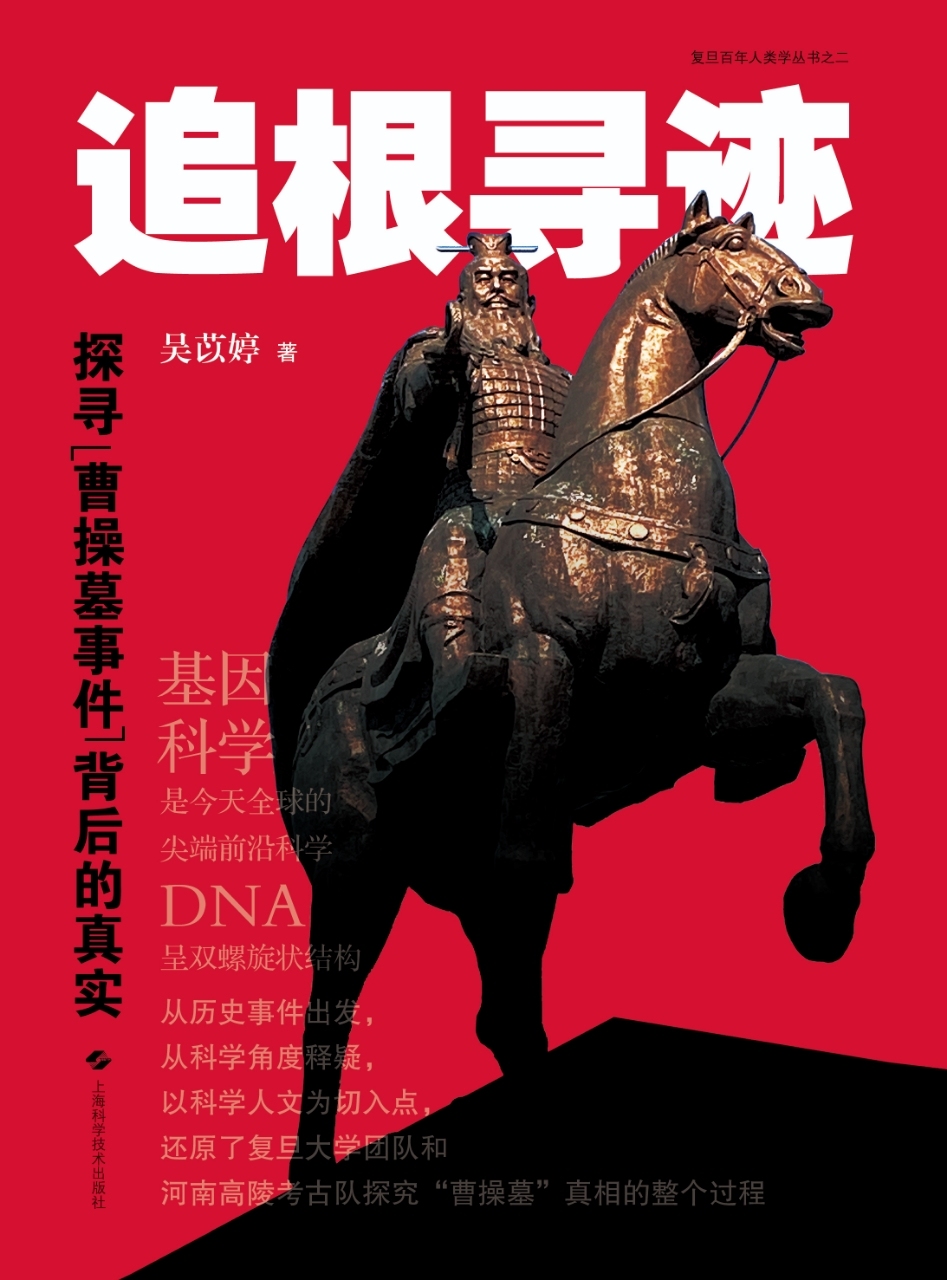
At the end of 2009, the excavation of the Xigaoxue Tomb in Henan Province attracted people's attention: Is Cao Cao really buried in the tomb? The final identification process of Cao Cao's tomb was very tortuous, and various controversies surrounding Cao Cao's tomb have not stopped since 2009. Wu Yiting, a senior reporter of Shanghai Science and Technology Daily, has spent 8 years exploring and restoring the process of identifying Cao Cao's tomb from the perspective of the public.
On April 20, a new book creation sharing session titled "Tracing the Roots - Exploring the Truth Behind the "Cao Cao Tomb Incident"" written by Wu Yiting was held in Shanghai.

Jiang Shiliang, honorary director of the Shanghai Science Writers Association, said that the book "Tracing the Roots - Searching for the Truth Behind the "Cao Cao Tomb Incident"" is a comprehensive, retrospective book about the Cao Cao Tomb Incident written by a science and technology journalist. It is also a thought-provoking book with great difficulty in interviewing and writing. It fills the research gap of multidisciplinary focus on the Cao Cao Tomb Incident.
After years of hard work, Wu Yiting interviewed almost all the relevant parties, traveled to Anyang many times, visited the Xigaoxue Tomb and many nearby historical sites to obtain first-hand archaeological data; at the same time, Wu Yiting visited Fudan University's Modern Anthropology Laboratory and Molecular Archaeology Laboratory many times to fully understand the theoretical basis and experimental data of ancient DNA identification.
The book records that on January 26, 2010, the History Department of Fudan University and the Key Laboratory of Modern Anthropology of the Ministry of Education of Fudan University jointly announced that they would use the advanced scientific and technological means accumulated by Fudan University in human genetic surveys to investigate and analyze the Cao family genes, and thereby provide scientific evidence for the study of the authenticity of Cao Cao's tomb.
The new book creation sharing session also invited Wen Shaoqing, associate professor of the Institute of Archaeology of Fudan University, to give a speech titled "Molecular Archaeology: Reading History in DNA". Wen Shaoqing said that through trace biological molecular samples, it is possible to restore the genetics and social relations of people in a specific historical period. In his speech, he shared the practice of molecular archaeological research in the Hexi Corridor, the ancient Chang'an City, and the lower reaches of the Yellow River. He focused on the ancient DNA research of Gao Bin, a minister of the Northern Zhou Dynasty, and Li Dan, a descendant of the Brahman in the Northern Zhou Dynasty, as well as the comprehensive research on biological archaeology in the Xiaoling Mausoleum of Emperor Wu of the Northern Zhou Dynasty using methods such as trace element determination and stable isotope analysis.
- eVsUzzhjr04/22/2025